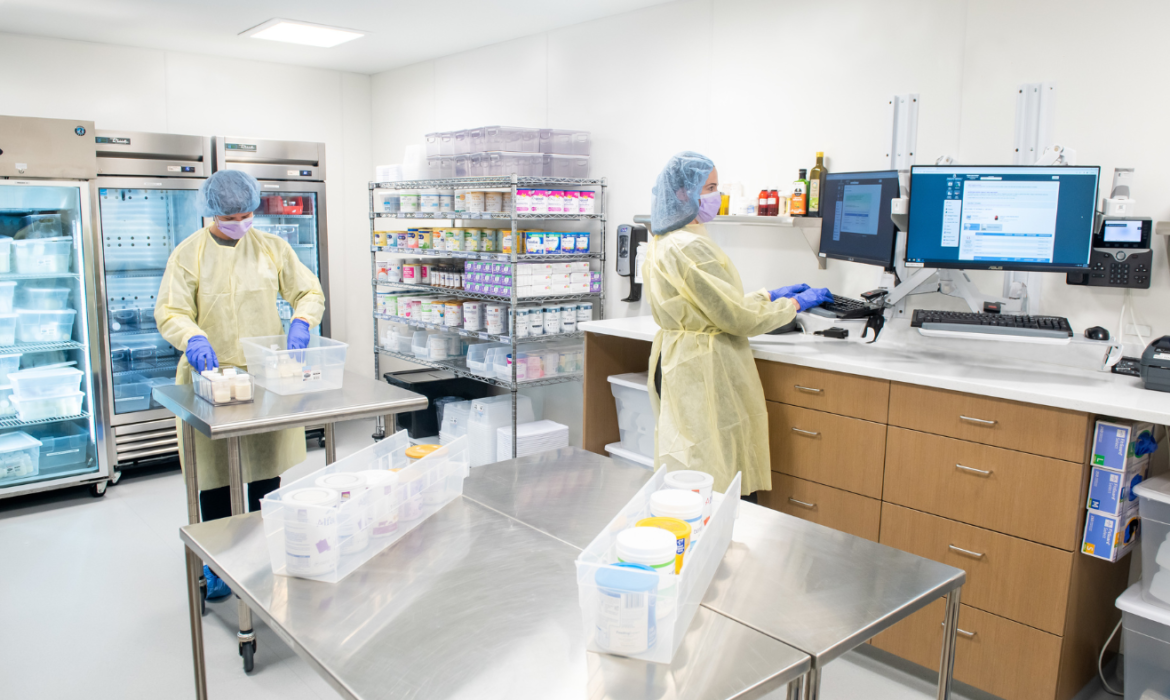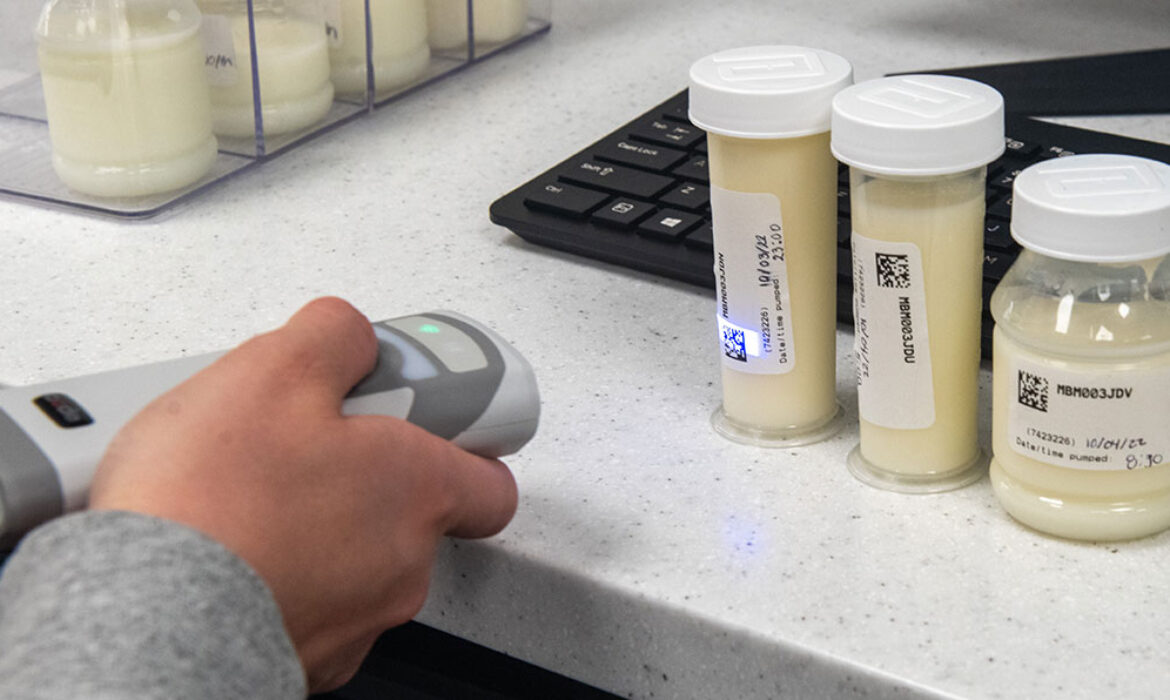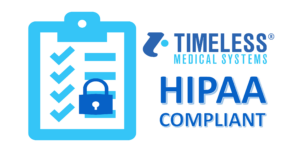
Synova FB Live Session
L
ori Gunther, CEO SYNOVA Associates, recently hosted a Facebook Live Session with Caroline Steele, Clinical Consultant for Timeless Medical Systems and Samantha Alessi, Neonatal Clinical Nurse Specialist from NYU discussing the importance of safe handling of feeds.
Want to Build or Optimize Your Infant Feeding Prep Room?
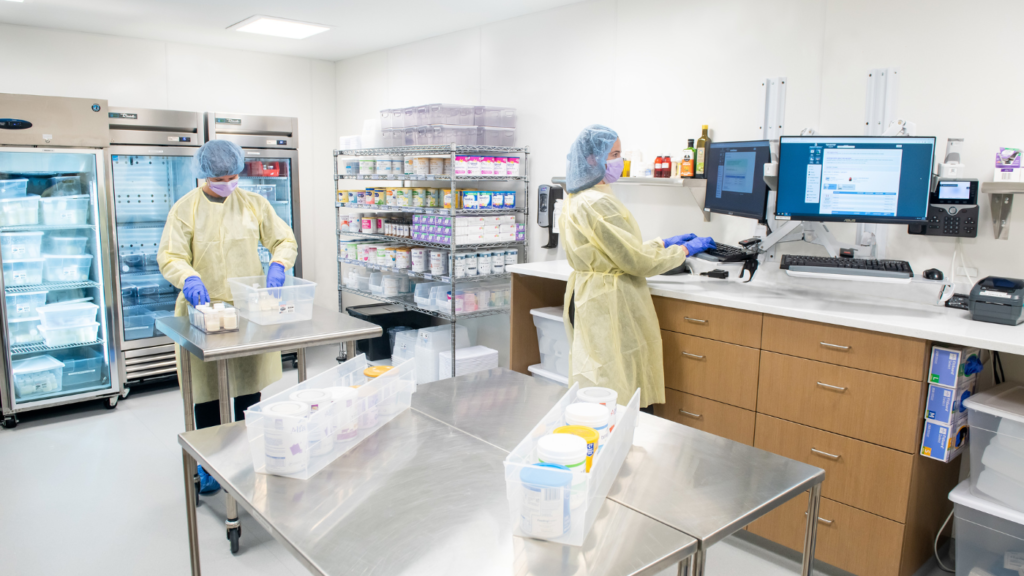
Hospitals are increasingly recognizing the value of dedicated centralized human milk (HM) and formula preparation area to reduce risk of contamination and preparation errors. However, whether you are remodeling an existing area or building an entire new one, deciding how to configure such a space can be overwhelming. The good news is that there are many resources to help organizations design infant feeding preparation rooms including Infant and Pediatric Feedings: Guidelines for Preparation of Human Milk and Formula in Health Care Facilities (3rd edition) from the Academy of Nutrition and Dietetics and Guidelines for Design and Construction of Hospital and Health Care Facilities from The Facilities Guidelines Institute (1,2).
The location of feeding preparation within the facility should be based on available space and volume of feedings to be prepared (1). Even hospitals without a dedicated centralized infant feeding preparation room must designate a specific preparation location that supports aseptic technique away from the bedside used solely for the purpose of HM and formula preparation (1,2). Infant feeding preparation within a direct patient care area is never acceptable (1,2). This area should be away from traffic flow (patients, staff, and visitors) and protected from airborne contamination (such as drafts and vents). While the room configuration basics may vary based on dimensions and anticipated volume of feedings, here are five (5) tips to help plan whatever space you have available.
- Ensure workflow in the room moves from clean to dirty to maintain an aseptic preparation space (1,2). While an anteroom where staff may wash their hands, don appropriate personal protective equipment, and perform administrative (non-preparation) tasks is ideal, it is not required if the space is configured appropriately (1). Think about how staff will enter the space and the order of the tasks they will be performing. Use of visual barriers such as a splash guard or a table/counter that denotes “entry” into the aseptic preparation space may serve as a reminder to promote good habits to prevent contamination of the clean area.
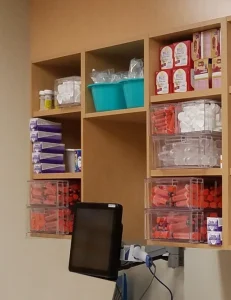
Image 2: Clear, enclosed drawers
- Consider ease of access for those preparing feedings when storing supplies. Bins with lids are common because they keep supplies from coming in contact with dust, debris, or other contaminants and may be stacked to allow for more storage. However, in the middle of preparing feedings (particularly for large operations), it is often cumbersome to pull out bins (particularly if others are stacked on top), remove lids, and obtain supplies while maintaining aseptic technique. It is not uncommon to see lids on these types of bins missing or not snapped into place to make it easier to get to supplies, eliminating the benefit of having enclosed storage. Built-in drawers offer easier access but are often not cleaned well before restocking—dust and debris are often seen in the bottle of supply drawers (look in the bottom of your own silverware drawer some time!). Clear plastic drawers that allow for easy access during preparation (as well as ease of closing after use), stacking without having to move to get into lower drawers, and easy clean up by running through the dishwasher or wiping with an appropriate sanitizing solution are an efficient alternative.
- Laminar flow hoods are not required for infant feeding preparation. While laminar flow hoods provide an additional barrier to potential contaminants, they are commonly used in the preparation of sterile products (1,3,4). Using a laminar flow hood when preparing nonsterile products, such as HM and powdered formulas, will not result in a sterile final product and is not a substitute for aseptic technique (1,3,4). Many people are surprised to learn that their own hospital pharmacies likely do not use laminar flow hoods to prepare oral medications (which are not sterile) because it is not a requirement (1). Eliminating a hood from the plans may open up other space options and reduce costs (particularly if a hospital will be having multiple staff preparing feedings at a time).
- Feeding preparation stations in the workspace should be configured with the proper technology. In the age of electronic orders and bar code scanning of HM and formulas, computer access in the preparation area is critical for staff to be able to confirm feeding orders, recipes, and feeding components. However, because computers are a known source of touch contamination, equipment should be selected to minimize this risk (1). Ensuring that all equipment is raised off the preparation area ensures that the entire work surface is thoroughly cleaned and sanitized before and after each feeding preparation. This may be achieved by:
- Using an adjustable arm to mount a computer to the wall or underside of a cabinet
- Mounting a cradle to hold bar code scanners
- Mounting trays on the wall or under built in cabinetry to hold label printers
Selecting touch screen computers or silicone keyboard covers that may be wiped with appropriate sanitizers is of equal importance to minimize risk of contamination (1). When designing a preparation area, confirm there are the appropriate outlets and data ports required for the technology needed (1).
- Adequate refrigerator and freezer storage capacity is important. Pharmacy or laboratory grade units ensure proper storage temperatures; use of consumer refrigerators and freezers is not recommended (1,3,4). Refrigerators and freezers should be located in secure areas or use keypad locking technology to prevent unauthorized access (1,4). Patients should each have their own bins in the refrigerators and freezers to prevent bottles of stored milk or prepared feedings from being mixed up with another patient. Long narrow bins that run the depth of the unit allow available space to be optimized while preventing any patient’s bin being stored behind another patient’s bin (improving efficiency and reducing risk of placing something in the wrong bin). Purchasing additional shelves for the refrigerators and freezers allows for increased storage capacity without stacking bins on top of each other (just be sure not to fill a unit so full that you don’t have adequate airflow). If the room will also be used for facility-prepared formulas, plan for enough refrigerator space to store unopened bottles of sterile water and concentrated liquid formulas. By using chilled ingredients, the finished product reaches the appropriate holding temperatures much quicker than using room temperature ingredients, reducing risk of microbial growth (1).
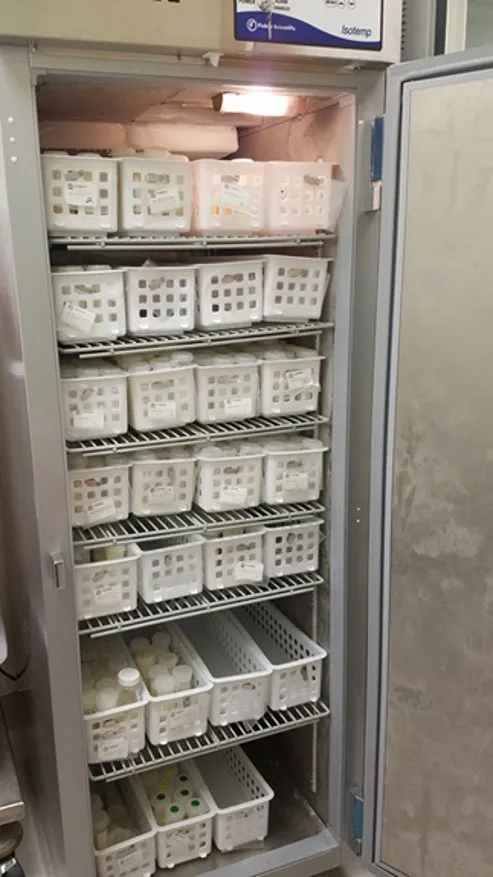
Image 3: Deep, narrow freezer bins and extra freezer shelves
Setting up an infant feeding preparation room can be a daunting task. Ensuring an appropriate physical space is the first step. Published resources can make the task easier, but don’t hesitate to seek expert guidance along the way. Having the right information to guide you can save time and prevent costly or frustrating design errors.
References:
- Steele C, Collins E, eds. Infant and Pediatric Feedings: Guidelines for Preparation of Human Milk and Formula in Health Care Facilities. 3rd ed. Chicago, IL: Academy of Nutrition and Dietetics; 2018.
- The Facilities Guidelines Institute. Guidelines for Design and Construction of Hospital and Health Care Facilities. Washington, DC: American Institute of Architects (2014). p. 91–2. Standard A2.1-7.2.3.2(3) and Standard 2.1-7.2.3.3(5).
- Steele C. Safe Handling of Human Milk within the Hospital Setting. Neonatal Intensive Care. 2020;33(3):11-14.
- Steele C. Best Practices for Handling and Administration of Expressed Human Milk and Donor Human Milk for Hospitalized Preterm Infants. Frontiers in Nutr. 2018;5(76):1-5. doi:10.3389/fnut.2018.00076
Research: Barcode Systems Save 2,000+ Hours Per Year
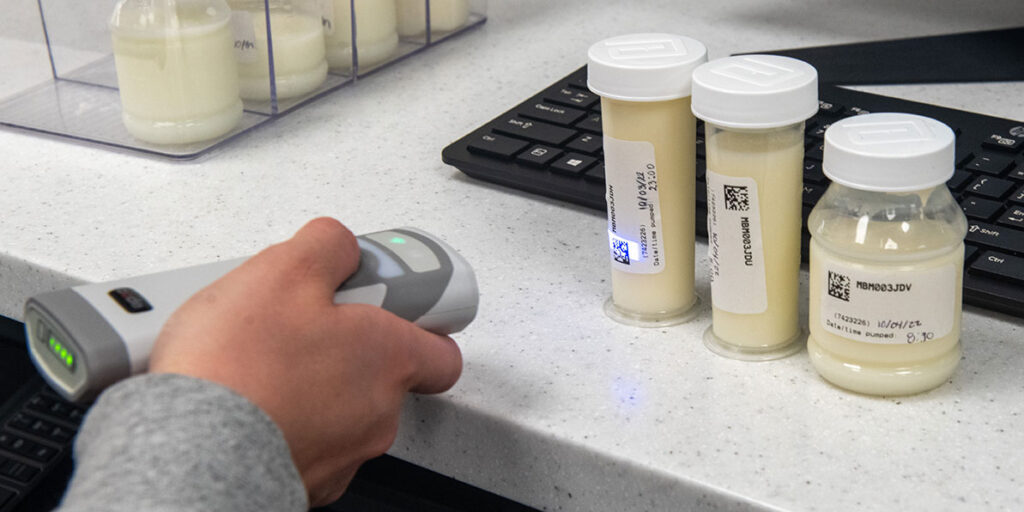
The peer-reviewed research article titled “Breast Milk Bar Code Scanning Results in Time Savings and Staff Efficiency” by Caroline Steele, Amanda Czerwin, and Christine Bixby was published in the Journal of the Academy of Nutritional and Dietetics in January 2015. The study found that:
- 2,380 hours per year saved per organization by implementing a breast milk bar code scanning solution
- 1,040 hours completely eliminated for a cost savings
- 1,340 hours available for other patient-care duties.
- This time savings resulted in cost savings and improved efficiency.
To learn more about the study and its findings, visit Timeless Medical Systems’ Evidence-Based Research section on their website.

